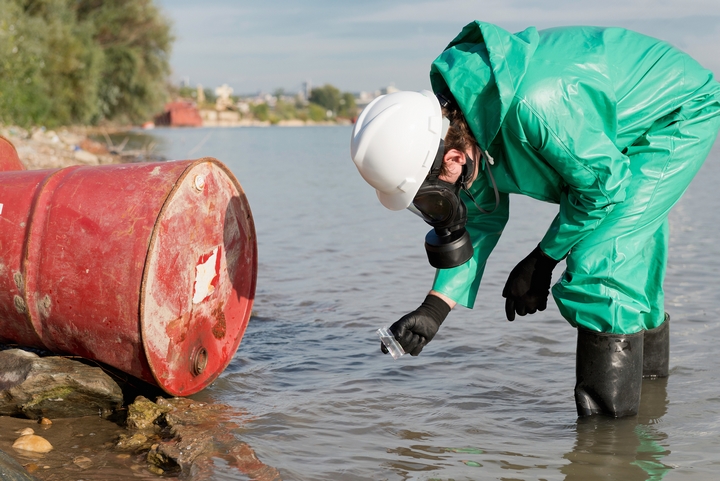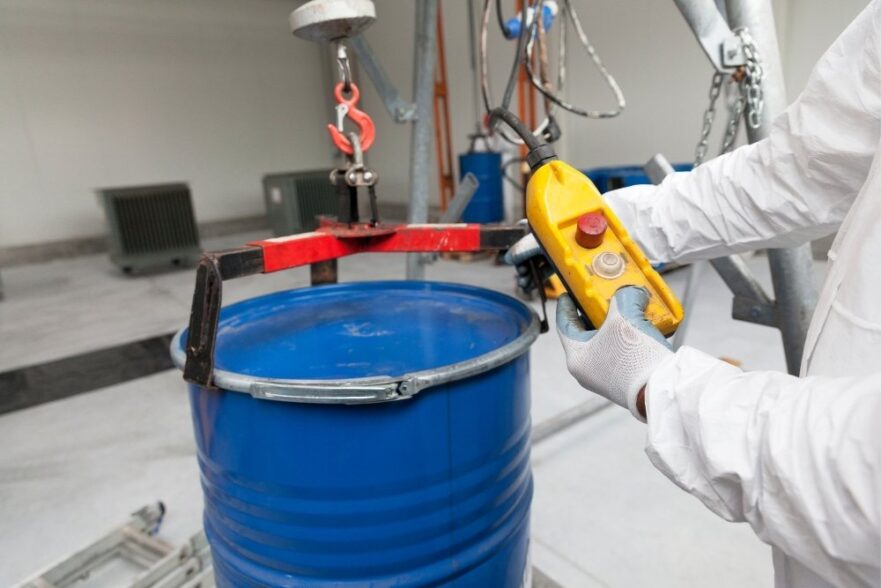Top Liquid Waste Disposal Melbourne: Trusted Services for Proper Waste Management
Top Liquid Waste Disposal Melbourne: Trusted Services for Proper Waste Management
Blog Article
Recognizing the Comprehensive Refine of Liquid Garbage Disposal: Best Practices and Environmental Effect Considerations
The administration of liquid garbage disposal is a complex concern that calls for a thorough understanding of numerous finest techniques and their associated ecological impacts. From the sorts of liquid waste generated to the methods employed for collection, therapy, and final disposal, each step plays an essential duty in guarding communities and public health and wellness. As regulative standards advance and modern technology advances, the discussion around these processes becomes significantly significant. What implications do these adjustments hold for future sustainability efforts, and just how can stakeholders make certain that they are effectively dealt with?
Sorts Of Liquid Waste
Understanding the different kinds of liquid waste is important for effective administration and disposal techniques. Fluid waste can be broadly classified into a number of kinds, each needing distinct handling and therapy approaches.
Industrial liquid waste often includes harmful products, including heavy steels, solvents, and chemicals, generated throughout manufacturing processes. These wastes demand stringent regulatory conformity to safeguard human wellness and the environment. Residential fluid waste largely describes wastewater produced from families, consisting of sewer and greywater, which, although much less harmful, can still present substantial threats if improperly handled.
Agricultural fluid waste, consisting of drainage from ranches, typically contains fertilizers and pesticides that can lead to environmental deterioration otherwise treated adequately. Medical fluid waste, created from medical care centers, consists of infected fluids such as physical liquids and chemicals, calling for specialized disposal methods to avoid infection and environmental contamination.
Finally, oil and grease waste, commonly produced by dining establishments and automobile sectors, can trigger serious blockages in sewer systems otherwise taken care of properly. Understanding these classifications promotes targeted approaches for therapy, compliance with policies, and efficient disposal methods, ultimately advertising environmental sustainability and public health and wellness security.

Collection Approaches
Efficient collection methods are crucial for the correct administration of liquid waste, making sure that it is gathered securely and effectively before therapy or disposal. Numerous methods are employed depending upon the type of fluid waste produced, the volume, and the details attributes of the waste.
One typical technique is using specialized collection tanks or sumps, which are made to catch liquid waste at the source. These systems often include pumps that facilitate the transfer of waste to bigger storage containers or treatment centers. Furthermore, mobile collection devices geared up with vacuum cleaner technology are employed in circumstances where waste is created intermittently or in hard-to-reach places.
For commercial settings, closed-loop systems can efficiently decrease spills and leaks, enabling the recuperation and reuse of fluid waste. It is additionally necessary to train employees on correct collection protocols to minimize risks connected with harmful compounds.
In addition, executing routine upkeep routines for collection equipment guarantees ideal efficiency and safety and security. The combination of advanced monitoring systems can improve collection effectiveness by providing real-time information on waste degrees and prospective dangers. On the whole, efficient collection methods are fundamental to lasting fluid waste management methods.
Treatment Processes
Treatment processes play an essential role in the management of fluid waste, changing potentially dangerous materials into reusable resources or secure effluents - liquid waste disposal. These processes can be broadly categorized into physical, chemical, and organic approaches, each customized to address details impurities existing in the waste stream
Physical therapy approaches, such as sedimentation and purification, job by eliminating suspended solids and particulate matter. These strategies are often the primary step in the treatment chain, properly lowering the lots on succeeding processes. Chemical therapies entail making use of reagents to neutralize hazardous compounds, speed up hefty metals, or oxidize natural pollutants, therefore improving the safety of the effluent.
Organic treatment procedures, including triggered sludge systems and anaerobic digestion, take advantage of the natural capacities of microorganisms to deteriorate raw material. These approaches are particularly reliable for wastewater consisting of biodegradable contaminants. Advanced treatment technologies, such as membrane purification and progressed oxidation procedures, are progressively employed to attain higher degrees of filtration.
Integrating a mix of these therapy approaches not only makes sure conformity with regulatory requirements but likewise advertises ecological sustainability by recovering useful sources from liquid waste.
Disposal Options
Exactly how can companies make certain the risk-free and liable disposal of liquid waste? Reliable disposal options are vital for guarding public health and the environment. The primary methods include land therapy, incineration, and disposal followed by discharge into municipal wastewater systems.
Land disposal involves the careful containment of liquid waste in designated garbage dumps, ensuring that it does not leach into surrounding soil or water. Incineration, on the other hand, subjects fluid waste to high temperature levels, transforming it right into ash and gases, which need correct filtering to lessen discharges. This technique is appropriate for contaminateds materials that can not be treated through typical methods.
In instances where fluid waste can be dealt with, companies may go with organic or chemical treatment processes to neutralize damaging elements before discharging the dealt with effluent into metropolitan systems. This course commonly lines up with regulative demands, making certain that the effluent satisfies safety standards.
Inevitably, companies need to carry out comprehensive assessments of each disposal alternative to identify its feasibility, considering variables such as waste structure, regulatory compliance, and potential threats to health and wellness and the setting. By description selecting appropriate disposal approaches, companies can add to an accountable waste monitoring technique.
Environmental Effect
The environmental impact of fluid waste disposal is an important factor to consider for organizations seeking to reduce their environmental footprint. Inappropriate disposal techniques can result in significant contamination of water sources, dirt degradation, and negative effects on neighborhood ecosystems. As an example, hazardous liquids can leach right into groundwater, presenting risks to alcohol consumption water supplies and aquatic life. In addition, the discharge of untreated or inadequately treated waste into surface waters can lead to eutrophication, bring about oxygen deficiency and the subsequent fatality of fish and various other microorganisms.

To minimize these impacts, companies need to take on finest methods such as implementing extensive waste therapy processes, advertising recycling and reuse, and sticking to regulative standards. By taking a proactive method to fluid waste monitoring, entities can dramatically decrease their environmental impact while sustaining lasting advancement goals. Ultimately, a comprehensive understanding of the ecological effects connected with liquid garbage disposal is important source important for educated decision-making and accountable stewardship of natural sources.
Conclusion
Reliable administration of liquid waste is vital for safeguarding ecological stability and public health and wellness. By embracing finest methods in collection, disposal, and therapy, alongside adherence to governing standards, the capacity for dangerous contamination of communities can be considerably reduced. Continual great post to read innovations in technology and processes add to sustainable waste administration efforts. Ultimately, a detailed understanding of fluid waste disposal not just mitigates environmental impacts but also promotes a commitment to liable resource monitoring and ecological stewardship.
The management of fluid waste disposal is a complex issue that needs a thorough understanding of various finest techniques and their associated environmental effects. From the types of liquid waste produced to the approaches employed for collection, treatment, and final disposal, each step plays an important role in safeguarding communities and public health.The environmental effect of fluid waste disposal is an essential factor to consider for companies looking for to minimize their ecological footprint. Ultimately, a comprehensive understanding of the environmental impacts connected with liquid waste disposal is vital for notified decision-making and responsible stewardship of natural resources.
Ultimately, a comprehensive understanding of liquid waste disposal not just minimizes ecological influences however likewise fosters a commitment to responsible source monitoring and ecological stewardship.
Report this page